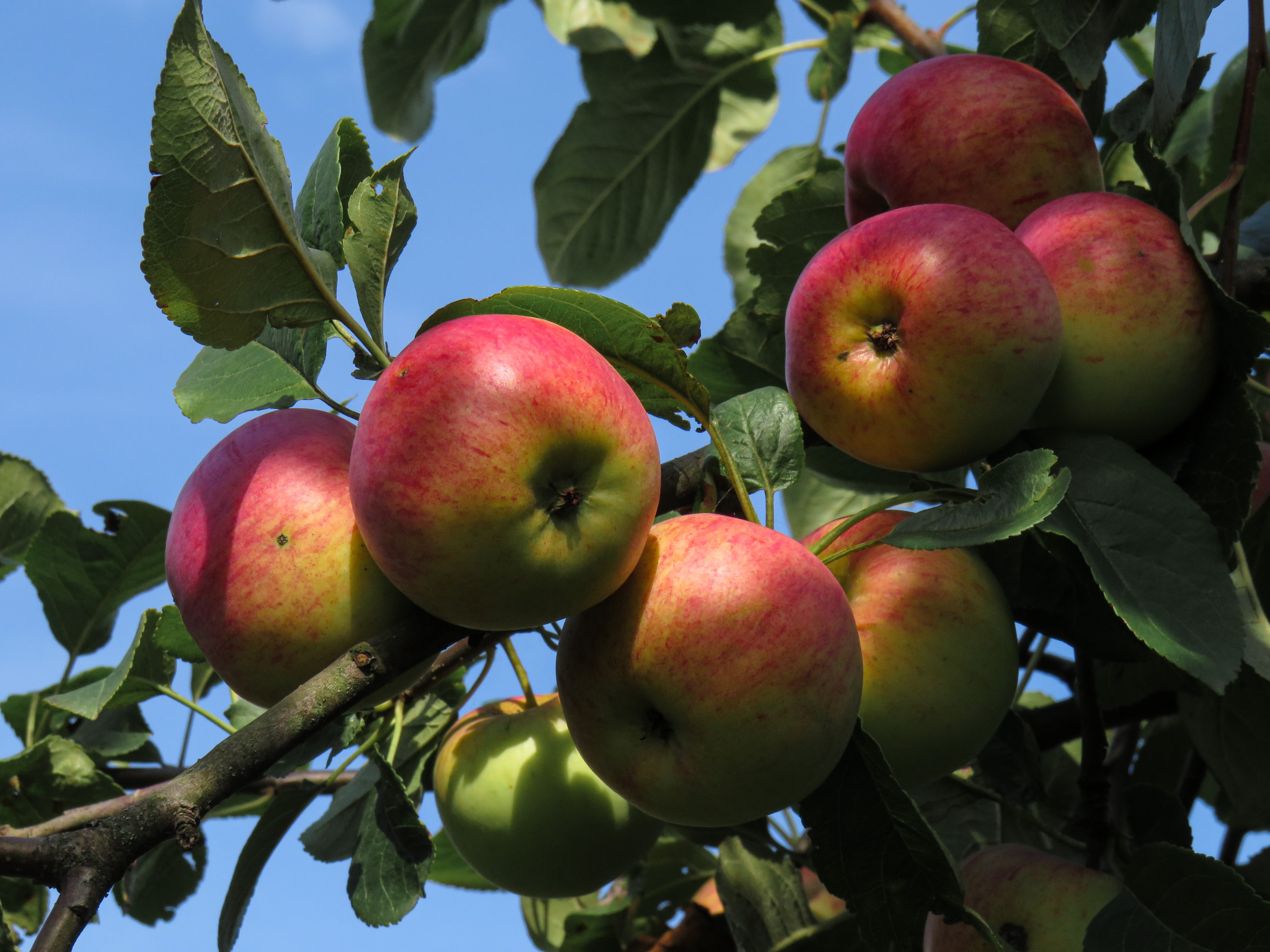Squashing Cross-Contamination of Fall Crops

What do you get when you cross a pumpkin with a fresh apple? It’s not a pum-ple or an app-kin, it’s cross-contamination! Maybe that was a corny joke, but you get the point - fall is a bountiful and beautiful time on the farm, but food safety concerns could still become a serious issue for farms that grow both covered and excluded produce. There’s no need to start worrying about a haunted farm, though. Pathogens might be invisible to the naked eye, but they’re no ghosts, either. Simple food safety considerations will help avoid cross-contamination, keep consumers safe, and prevent agritourism events from getting spooky.
Autumn is often ripe with farm favorites: apples, beets, pumpkins, sweetcorn, brussels sprouts, carrots, winter squash… you get the idea. Some of these crops are covered under the FSMA Produce Safety Rule, and are subject to the Rule’s standards for growing, harvesting, packing, and holding those crops safely. For these covered crops, farms must implement practices involving good worker hygiene, water quality, soil amendments, post-harvest handling, and other variables that could affect the microbial quality of food. Contacting your local produce safety technician is an excellent way to ensure good food safety practices for farmers growing covered crops. Other types of produce, however, are excluded under the Produce Safety Rule, meaning that the Rule’s regulations concerning food safety do not apply to these particular types of produce.
The exhaustive list of excluded produce include:
“Asparagus; black beans, great Northern beans, kidney beans, lima beans, navy beans, and pinto beans; garden beets (roots and tops) and sugar beets; cashews; sour cherries; chickpeas; cocoa beans; coffee beans; collards; sweet corn; cranberries; dates; dill (seeds and weed); eggplants; figs; ginger; horseradish; hazelnuts; lentils; okra; peanuts; pecans; peppermint; potatoes; pumpkins; winter squash; sweet potatoes; and water chestnuts” (FDA, 2021).
So, what about farms that grow a combination of covered and excluded produce? The key here is to avoid cross-contamination. Whenever a dirty object or surface touches a clean object or surface, or vice versa, cross-contamination occurs. Dirty hands, unwashed harvest tools and containers, animal feces, and unclean water are all common sources of contamination. Specific to covered and excluded produce (like the apple and pumpkin scenario from earlier), using the same tools, equipment, and other surfaces for both kinds of produce can be considered a form of cross-contamination. Essentially, there are two ways to avoid cross-contamination in this scenario:
A) Prevent dirty objects and surfaces from contaminating clean objects by implementing clean breaks and keeping produce, tools, and equipment separate.
B) Apply the same food safety practices used for covered produce to excluded produce, so that they are grown, harvested, packed and stored with equal food safety standards that are in line with the Produce Safety Rule.
Let’s look at those options a bit more closely. For option A, here are some ways to avoid cross-contamination between covered and excluded produce:
Now for option B, here are some examples of food safety practices to apply to both covered and excluded produce. The section (§) symbol indicates the section of the Produce Safety Rule that requires these produce safety actions. This is not an exhaustive list of food safety policies that may be required for your particular farm.
References
Food and Drug Administration, 2018. Title 21 CFR Part 112: Standards for the growing, harvesting, packing, and holding of produce for human consumption. GMP Publications, Inc.
Food and Drug Administration. (2021, September 10). About the final rule: Exemptions. FSMA Final Rule on Produce Safety. Retrieved October 12, 2021, from https://www.fda.gov/food/food-safety-modernization-act-fsma/fsma-final-rule-produce-safety
United States Department of Agriculture. (2010, October 05). Guidance: Processed animal manures in organic crop production (Rev02 08 31 18). NOP 5006 - Processed Animal Manures in Organic Crop Production. Retrieved October 13, 2021, from https://www.ams.usda.gov/sites/default/files/media/5006.pdf



 Print
Print Email
Email